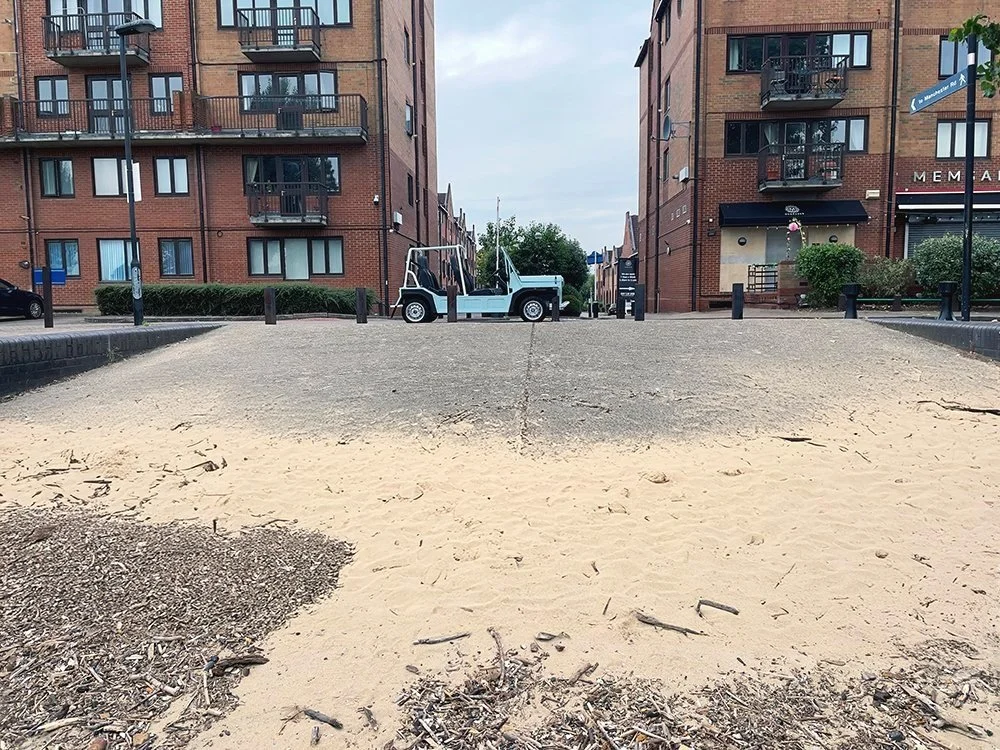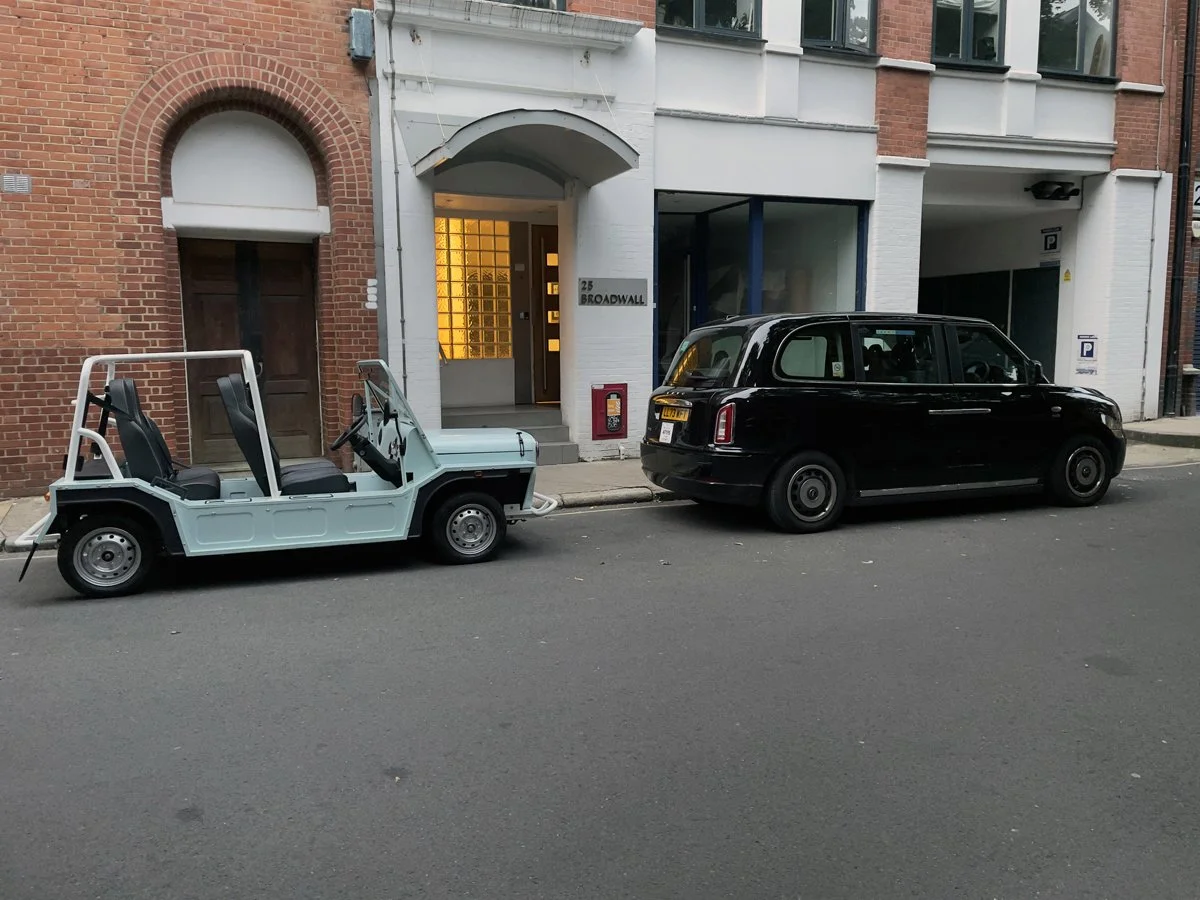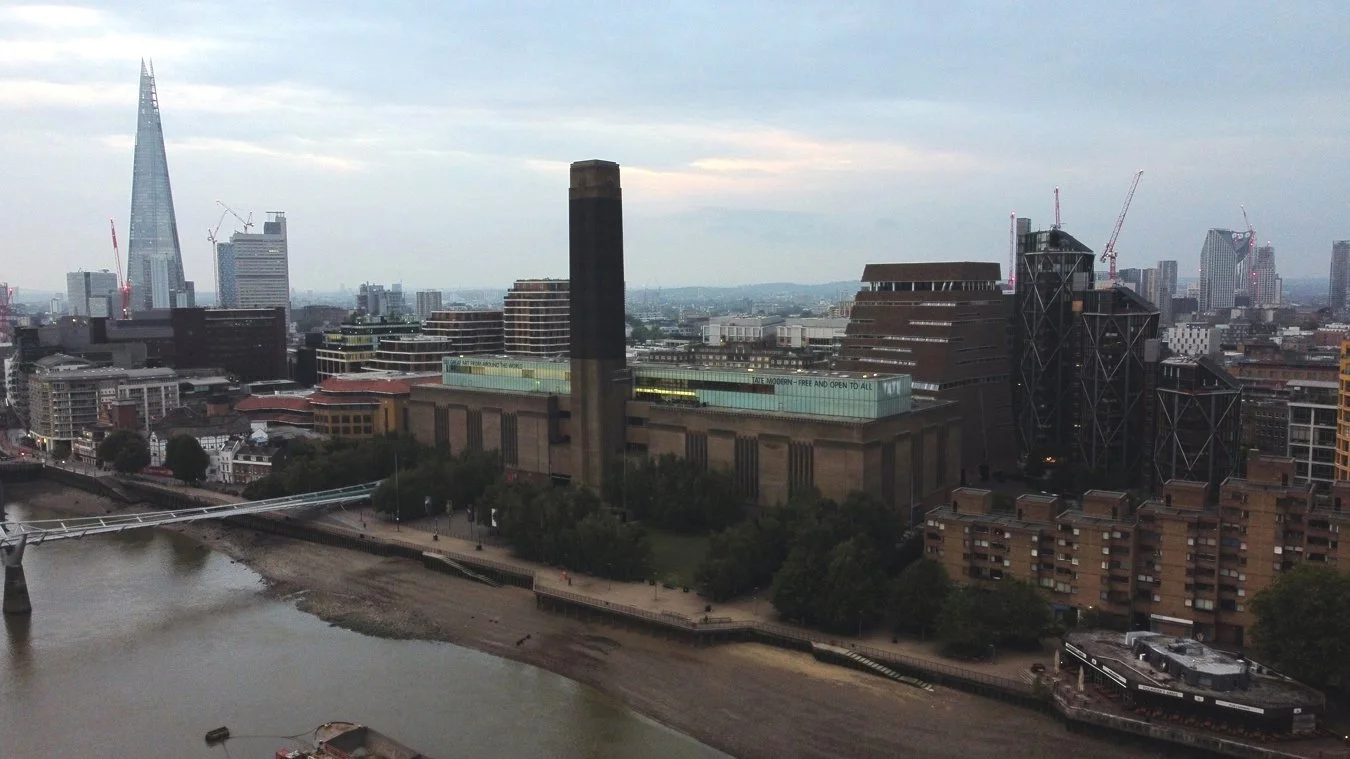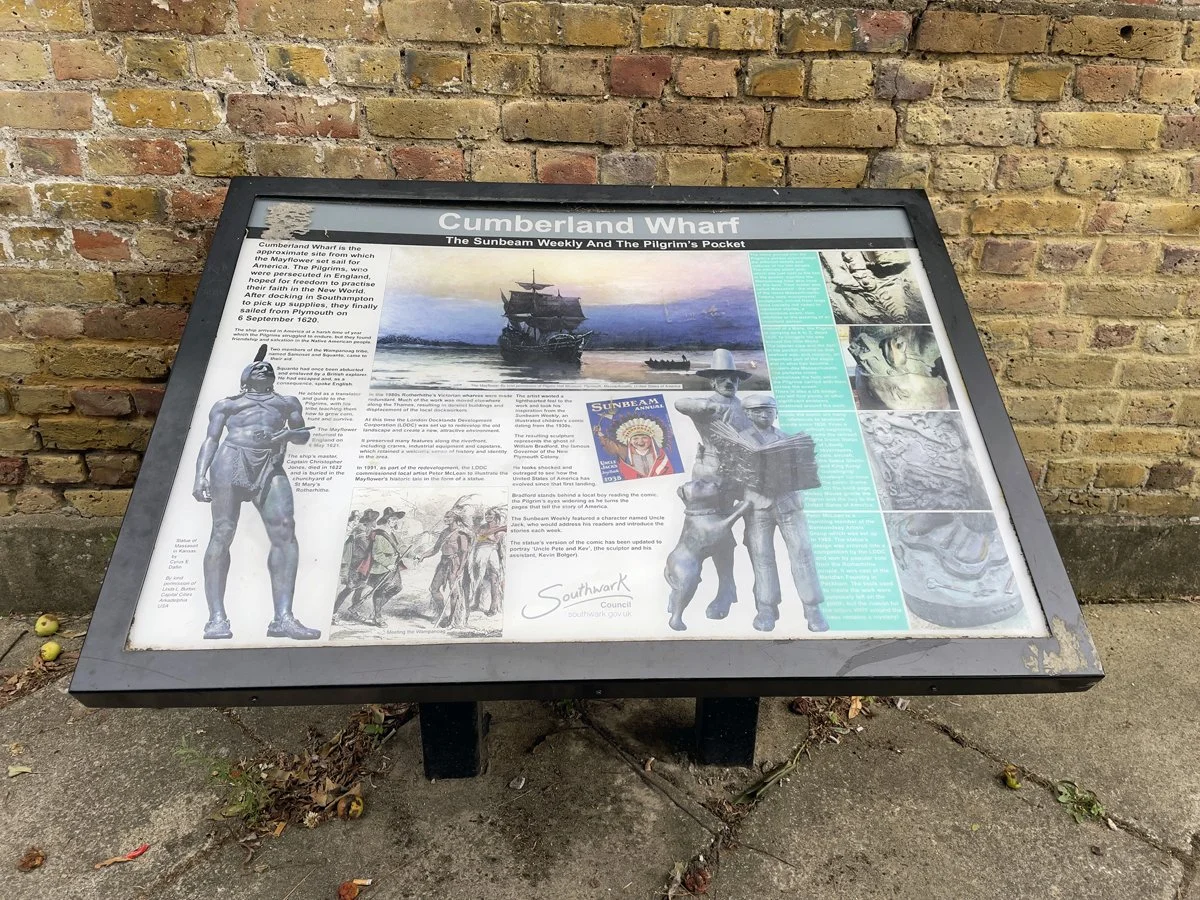Detour #269: Beachcombing in London, UK
Did you know that London has a string of seven beaches? Neither did we until we got hold of a beach car and went exploring the city.
The arrival of a re-imagined Moke for the weekend presents a bit of a problem. The newly-electric iteration of the Swinging Sixties’ icon doesn’t quite have the range to get me to the coast where this en plein air EV would be in its element.
So I have to look closer to home, to the tidal Thames, which twice a day reveals seven stretches of sand and gravel suitable for beachcombing - or mudlarking as Londoners know it. Since the 19th Century “Foragers of the Foreshore” have taken to the capital’s beaches at low tide in the hunt for treasure. Back then it was mostly young boys who scavenged the shore looking for metals, coal and ropes that could be sold to help feed their families. Today you need a permit from the Port of London Authority to search the Thames shore, but the rewards can be much greater with coins and gems dating back to Roman times washing up.
For me the reward will be the discovery of the beaches themselves, that as a life-long Londoner I never knew existed.
Up before the (mud)lark I whirr south to my starting point on the South Bank to catch the morning low tide. It’s just beginning to get light as I reach the river to cross an empty Blackfriars bridge and it’s a joy to explore the city in these early hours, free of traffic. I imagine London was like this in 1964 when the Moke was first conceived by Mini genius Sir Alec Issigonis, based on his legendary compact car. The Moke was intended to be a military vehicle that could be parachuted from a plane, but the reality is the only action it ever saw was on screen. You may remember Mokes whizzing around Portmeirion in The Prisoner, in assorted James Bond films and, more recently, being driven by Henry Cavill in the opening sequence of Argylle.
At the near-blanket 20mph speed limit this drive may not be keeping me at the edge of my seat, but the Moke is lively enough to provoke a smile and attracts conversation from the few other early risers I encounter.
Thames Beach
Thames Beach is situated in front of the funky shops and restaurants of Gabriel’s Wharf and just a stone’s throw from the art and theatre of the South Bank Centre. Now Europe’s largest centre for the arts, it was the trigger for the post-war rejuvenation of the riverbank when it was completed in time for the Festival of Britain in 1951.
It would probably be quicker to walk along the Thames path to reach Bankside Beach, but I hop back into the Moke for the half-mile trip down Stamford Street to the massive power station that was reborn as the Tate Modern gallery at the turn of the Millennium. The beach is bigger here, stretching out and under the Millennium Bridge with the dazzling glass of The Shard towering above it.
Bankside Beach
To get to Hidden Beach which lies beyond Tower Bridge I point the nose of the Moke towards London’s tallest building then cut south to Borough and onwards to Bermondsey. This expansive stretch of shingle offers a fabulous view back across to the City and the majesty of its most famous crossing. Directly linked at low tide is Bermondsey Beach and again it would be faster on foot to get to it than to drive. Keep walking east and you’ll find that it links with Rotherhithe Beach, but to get there in the Moke requires a ten-minute Detour that takes me almost to the mouth of the Rotherhithe Tunnel.
If it wasn’t quite so early still I’d pop into the Brunel Museum to learn about the nearby Thames Tunnel designed by father and son engineers Marc and Isambard or try to discover more about Cumberland Wharf where the Pilgrims set sail for America.
Instead I cross through the narrow and surprisingly sinuous tunnel to emerge on the north side of the river at Wapping. Again there’s been incredible redevelopment of this dockside part of London, with old warehouses converted to apartments, alongside whole new housing developments. One building that has been left alone is the Prospect of Whitby. It’s the river’s oldest pub, dating back to 1520. Just past the pub is Pelican Stairs, a near-secret passage that leads to Wapping Beach. The pub was "The usual place for hanging of pirates and sea-rovers, at the low-water mark, and there to remain till three tides had overflowed them" and a noose still hangs from its waterside scaffold.
To reach Ratcliff Beach by Moke requires some more Detouring around Limehouse but when I get there I discover another hidden gem, accessible only from a narrow set of stairs. It’s the sandiest of all the Thames beaches, the only one I could actually imagine setting up a deckchair. This morning I have a flock of swans to share the view of Canary Wharf, London’s city-within-a-city.
So far what’s been most apparent about this trip is that I haven’t actually been able to get my beach car anywhere near an actual beach, but my last stop at Folly House Beach looks promising. Past the revitalised wharfs and new developments along Narrow Street I go then down into the Isle of Dogs. Access is actually within a private estate but the security guard is happy for me to stop for a photo at the the top of the slipway.
Across the water more and more towers are springing up, as London continues to expand along the banks of the Thames. Mudlarkers of the future should have plenty to discover.
Folly House Beach






















With a Bentley Continental GTC at Detour’s disposal we explore the works of Brunel and Banksy, taking the longer way between London and Bristol.